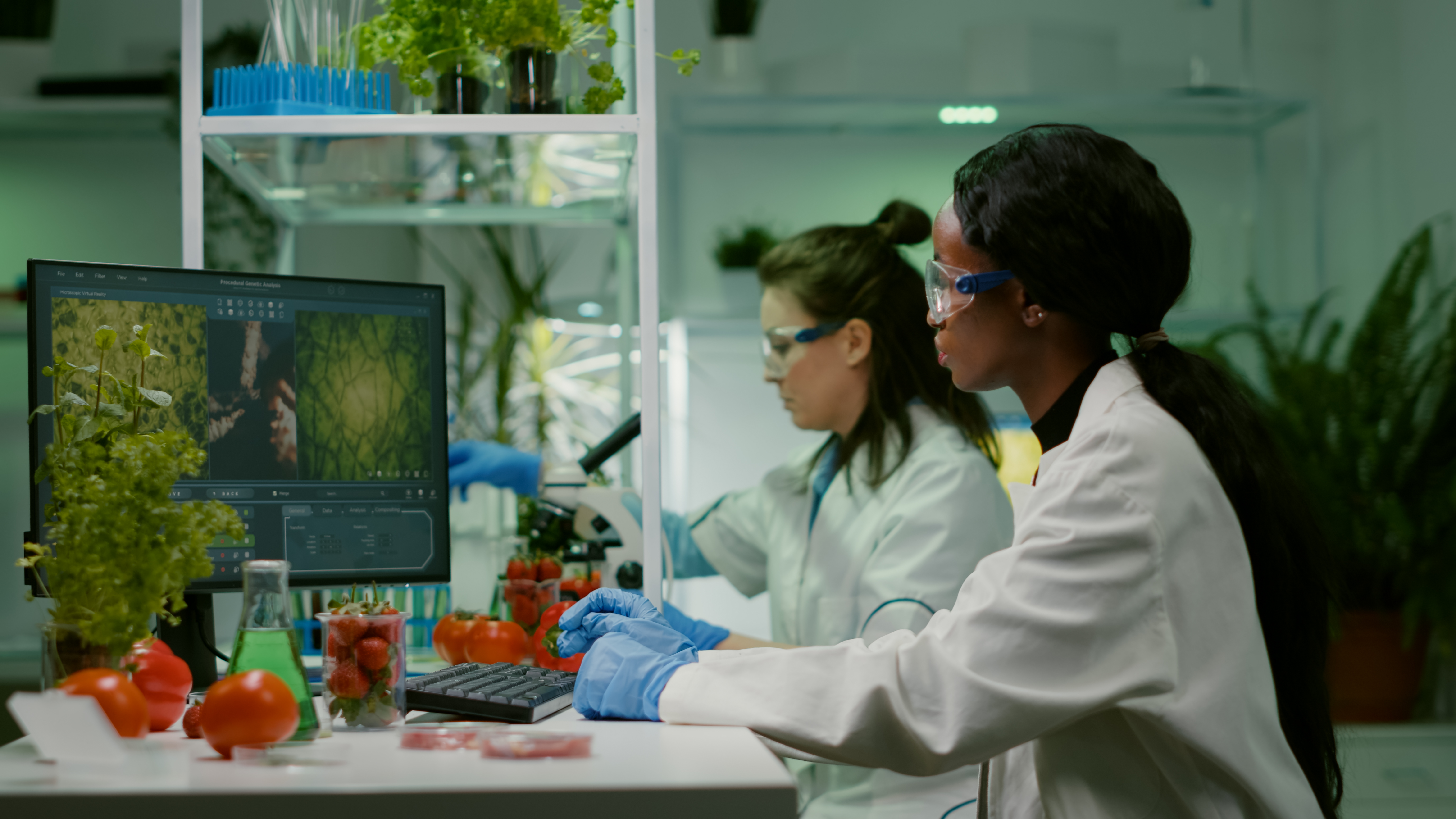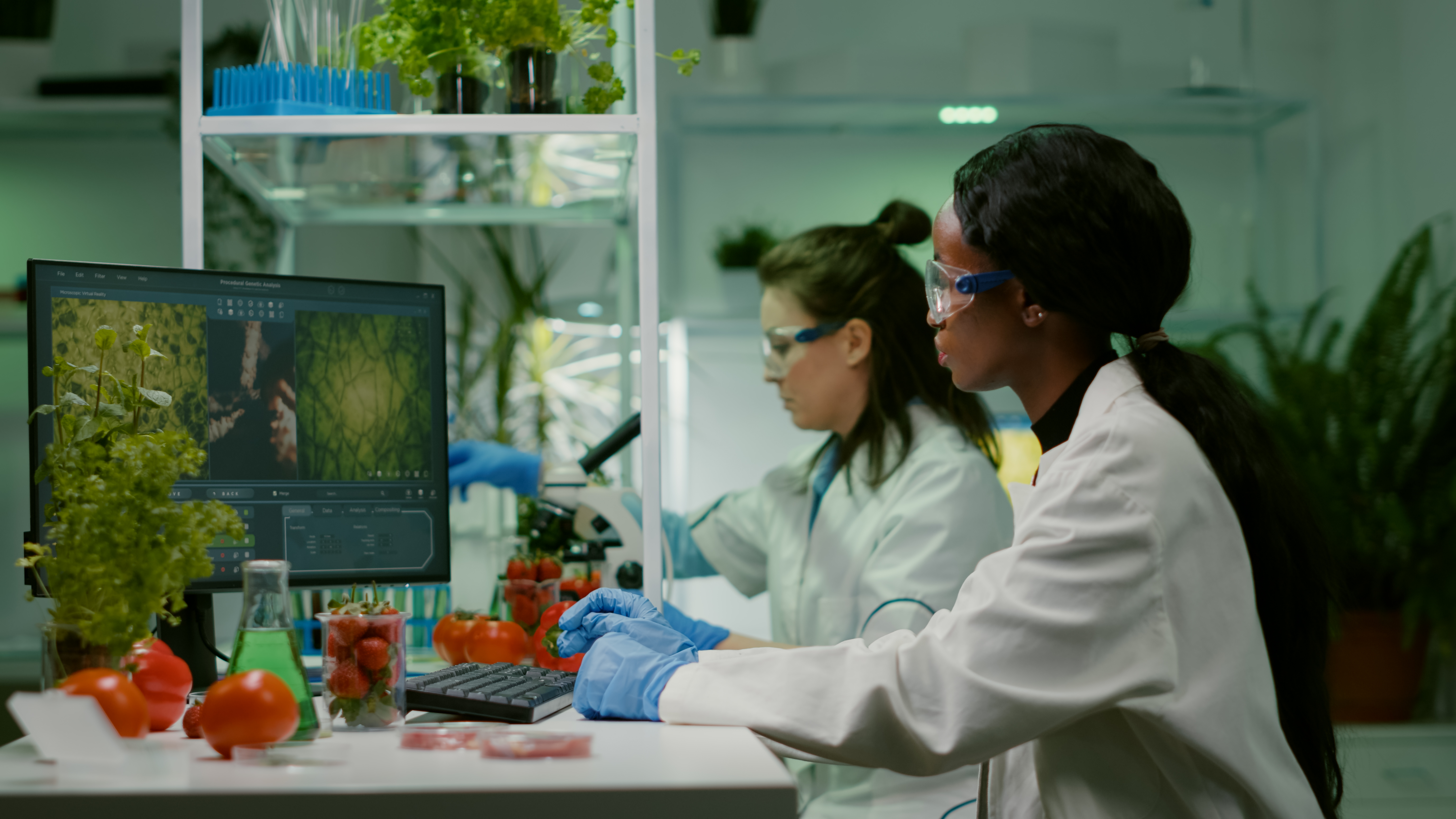Sustainable Chemistry: How Green Innovations are Reshaping the Chemical Industry Worldwide

Over the years, the sustainability concept has crossed boundaries into different realms and the chemical industry has not been exempted. These are changing the game because we are now rethinking chemical production under the concept of sustainable, or as it is also known, green chemistry. It’s impressive to cooperate in these processes and understand that green innovation helps not only reform the chemical industry but also tackle many ecological challenges simultaneously.
Take note that effective sustainable chemistry is the design of chemical processes and products to reduce waste, energy and the use of non-renewable resources. Most conventional chemical process technologies create an unwanted degradation and depletion of energy resources that result in threatening levels of pollution and climate changes. Nevertheless, many businesses and customers globally are pushing for an increase in sustainable practice adoption.
Renewable resources are one of the most potent solutions for bioeconomy. With the advancement of technology, plant-derived sugars and oils, can be used, giving way to biocompatible, biodegradable and non-toxic chemicals sourced from bio mass. It’s the reason why bioplastics produced from plant material are slowly emerging as a reputable replacement for traditional plastics causing massive global pollution. Bioplastic consumption is anticipated to grow over the years because they offer potential in solving the global plastic pollution crisis.
Green chemistry is also altering the way a reaction is carried out by inventing alternative reaction pathways that are less energy intensive. Conventional chemical processes call for high energy conditions, particularly temperature and pressure. This is not the case for sustainable processes because they employ more efficient catalysts to produce reactions at lower conditions to save energy. Processes are being developed to use photochemistry, which is driven by the sun and drastically reduces the energy requirement of the process thus having a lower environmental footprint.
As further evidenced, the scope of sustainable chemistry is not only on the raw materials and processes but also on the waste management as well. In the chemical industry, the notion of a circular economy, from which material is not thrown away but reused or recycled, is coming into focus. In general, the use of closed-loop systems, which enable the recovery and reuse of chemicals is becoming a norm for many firms thus minimizing waste. This means that if you look at waste from the perspective of the industry, it allows them to reduce their cost whilst at the same increased their environmental sustainability.
Together with these advancements, there are growing pressures towards decreasing the risk and reducing the toxicity of the chemical products. Most of the traditional chemicals tend to be very harmful to the health of both the employees and the end consumers. Sustainable chemistry actively endorses redesigning of chemicals that are less harmful but still perform their basic function. This transition does not only support environmental conservation but also promotes public health which is advantageous to the consumers and manufacturers at the same time.
Impact of the development of technology on advancement of sustainable chemistry can hardly be exaggerated. Today, in the age of digital technologies and data analytics, optimization of processes and searching for improvement areas become second nature. Such fantastic strides in lower level AI and machine learning are being used to model and predict chemical processes and outcomes, ensuring the development of chemergy processes and products is much more intelligent and greener. Such technology shift is critical and should be embraced across the chemcial industry for a greener tomorrow.
Equally important for sustainable development is the ability to form an interdisciplinary network. A tri-partite divide involving academics, corporations, and the government can assist in innovative sustainable materials and processes development and creation of both. In so doing, these stakeholders can help establish a viable ecosystem that enables innovations and faster uptake of greener practices in the chemistry industry.
Sustainable chemistry brings in a lot of advantages but improving the environment is not one of them. Green innovation should also enhance the market competitiveness of a company. These days, the importance of sustainability in consumers’ choices is growing almost every day. Hence organizations do adopt sustainable ways of doing business have a fair chance of winning consumer loyalty. Sustainable transition can also be advantageous economically for an organization in the future as fewer resources will be wasted and efficiency will be enhanced.
To sum up, sustainable chemistry is not a new fashion; it is a new paradigm for the chemical industry. The sector can focus on economic development while counteracting environmental pollution through the adoption of green technologies. It is evident that, as we move closer to a more sustainable world, the role of sustainable chemistry is bound to expand, which transforms the industry and helps create a better planet. The road to sustainability has begun, the scope of improvement is tremendous; hence, it is an exhilarating moment to be part of this revolution.
